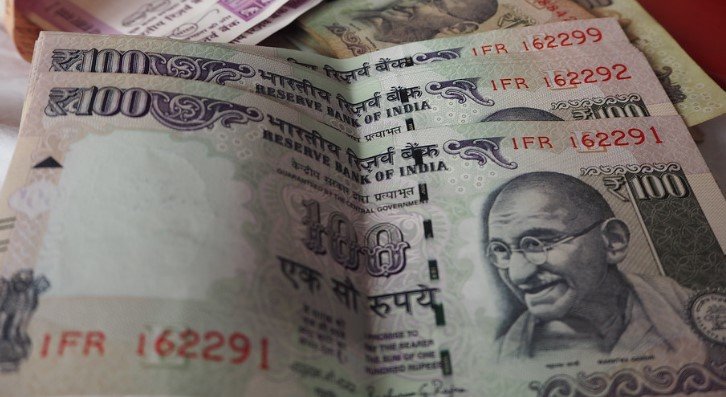The Indian rupee has slipped past the 87 per U.S. dollar mark, touching its lowest point ever, as Asia’s currencies and markets reel under the impact of U.S. President Donald Trump’s newly imposed tariffs on major global trading partners. The rupee’s drop is just the latest development in a broader economic shift spurred by Trump’s trade policies.
The Plunge Beyond 87: A Milestone of Strain
On Monday, February 3, 2025, the Indian rupee tumbled past 87 per U.S. dollar for the first time, continuing a steady decline triggered by the imposition of tariffs on China, the European Union, and other key economies. The rupee reached an unprecedented low of 87.1450, a loss of 0.6% compared to Friday’s close.
The pressure on the Indian currency is part of a larger wave that has impacted Asian currencies and stock markets alike. Following Trump’s tariff policies, there has been an observable slump in the performance of Asian financial markets, which in turn has raised concerns about long-term stability.
Interestingly, the rupee’s fall doesn’t appear to be an isolated case. Other Asian economies have witnessed similar downward shifts in their currencies, including the Chinese yuan, which has also taken a hit, leading to widespread unrest across the region.

A Closer Look at the Impact of Trump’s Tariffs
President Trump’s trade policies, including the recent round of tariffs targeting global trading partners, have been at the forefront of currency market turmoil. By levying duties on billions of dollars worth of goods, Trump has upended decades of international trade norms, leading to major disruptions. The fallout of these tariffs has sent shockwaves throughout global markets, particularly in Asia, where trade relations are more heavily intertwined with U.S. policy.
The Indian rupee’s woes are indicative of the broader economic strain in the region. A sharp fall in the rupee can result in higher import costs, inflation, and reduced purchasing power for Indian consumers. This, in turn, could trigger broader concerns for India’s economic outlook, particularly with the upcoming fiscal year in focus.
- The rupee has now depreciated nearly 4% since October 2024.
- Tariff-induced price increases are set to further squeeze Indian businesses and consumers.
- Asian equities are expected to continue facing heightened volatility as Trump’s trade war continues to unfold.
Despite efforts by the Reserve Bank of India (RBI) to stem the currency’s slide, the market’s reaction to Trump’s actions has been swift and unforgiving. With the global dollar index rising by 0.3%, the effect on the Indian rupee, along with other regional currencies, is expected to persist, prompting fears of further depreciation.
What’s Next for the Indian Rupee?
Experts are cautiously predicting that the Indian rupee may face even steeper declines in the coming weeks, especially if the tariff situation continues to destabilize global trade. While some analysts are hopeful that the rupee could stabilize, many are bracing for the potential of further drops.
In particular, there are concerns about India’s import-heavy economy. As the rupee weakens, the cost of imports rises, and inflationary pressures could become more pronounced. For example, the cost of crude oil, which India imports in large quantities, could see a further increase, exacerbating challenges for the Indian economy.
In an effort to prevent further damage, the Reserve Bank of India is expected to intervene, though its effectiveness is uncertain in such a volatile global economic environment.
Regional Markets Reeling from Tariff Threats
Asia’s market reactions have been swift and intense. Currencies across the region are facing significant pressure as the trade war escalates. The Chinese yuan, another key currency in the region, has been one of the hardest-hit, with experts predicting that it too could fall further depending on the U.S.’s next moves.
Asian equities have suffered as a result of Trump’s tariff war, with investors fleeing from riskier assets and shifting their attention to safer options. In fact, the fallout from these tariff policies has caused large swings in stock market performance, leaving many investors uncertain about the stability of emerging markets.
Given the significant trade ties between China, India, and other Asian nations, the economic ramifications of these tariffs are likely to reverberate for months to come, if not longer. With each new round of tariffs and retaliations, the damage to the region’s economies seems to increase.
